Pitching a leadership programme to your manager is about more than just presenting a course outline.
It’s about showing how targeted training—focused on developing skills like decision-making, communication, and strategic thinking—can address real challenges within your team.
Leadership programmes should be designed to equip current and future leaders with the tools they need to guide their teams more effectively. And they pay off:
Organisations with strong leadership development programmes see 240% higher revenue growth compared to those without such initiatives (Source: Brandon Hall Group).
Ultimately, leadership programmes bring long-term value to your organisation.
Here’s how you can effectively pitch a leadership programme to your manager:
1. Know the Benefits
Before you make your pitch, it’s important to understand exactly how a leadership programme can help.
Our Leadership Programmes focus on enhancing strategic thinking, improving communication, and building resilience in leaders.
We also emphasise practical skills like conflict resolution and team alignment.
These outcomes not only boost decision-making and team morale but also prepare future leaders to drive your organisation forward—benefits any manager will appreciate.
Action Step: Take a moment to review your company’s current challenges and goals. Then, identify which aspects of a Leadership programme align with these needs and use these connections in your pitch to highlight the programme’s relevance and value.
2. Connect It to Company Goals
Think about how the programme supports what your company is trying to achieve.
Maybe it’s about enhancing team dynamics or preparing your next generation of leaders.
Our ILM Level 2 and ILM Level 3 courses, for instance, are great for helping new managers or mid-level leaders grow—ideal if your company is focusing on internal promotions or leadership development.
3. Come Prepared with Statistics
Organisations with strong leadership development programmes:
– 50% more likely to report significant performance improvements.
– 20% lower employee turnover rate than those that do not.
– 240% higher revenue growth compared to those without such programs.
– 34% higher employee engagement levels compared to those without such initiatives.
(Sources: McKinsey & Company, Association for Talent Development (ATD), Brandon Hall Group, Gallup).
4. Talk About the Return on Investment (ROI)
Managers want to see that their investment will pay off.
Highlight how the skills learned in the programme can lead to improved team performance, lower turnover, and a stronger leadership pipeline.
Real results, like the ones seen in our Custom Programmes, can make a strong case for the programme’s value.
5. Share Success Stories
Sometimes, the best way to convince someone is by sharing examples of success.
Discuss how similar programmes have made a difference in other organisations.Our leadership programmes have helped companies see real improvements in teamwork and employee satisfaction.
These success stories can be powerful additions to your pitch.
Action Step: Gather examples of how improved team performance, lower turnover, or leadership development could impact your organisation. If you need specific case studies, reach out to us for real examples to strengthen your pitch.
6. Start Small if Necessary
If your manager isn’t ready to commit to a full programme, suggest starting with a pilot.
This approach allows them to experience the benefits without a large upfront investment.
Our custom programmes are flexible and can be tailored to meet your team’s specific needs, making it easy to start small and scale up.
Closing
Investing in leadership training is an investment in the future of your team.
By clearly demonstrating the benefits and aligning the programme with your company’s goals, you’ll be in a strong position to get your manager’s approval.
If you’d like more information or want to explore our programmes, visit our Leadership Programmes page or reach out to us directly.





